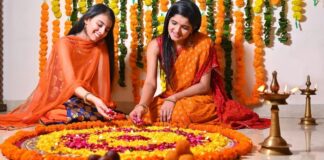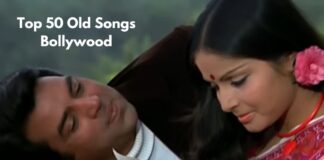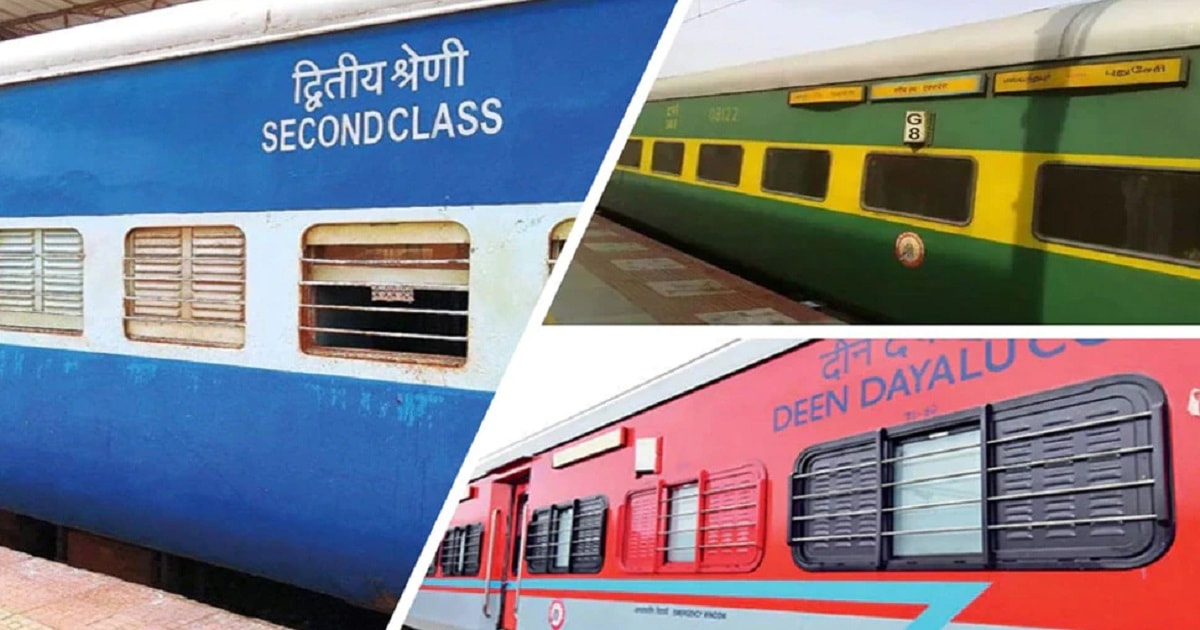
The Indian Railways, which run the length and breadth of this lovely country, are rightfully referred to as the country’s lifeline. Every day, a large network of railway stations, trains, and miles of railway lines transport thousands of passengers and tons of goods around the country. The first passenger train in India ran between Mumbai and Pune in 1853, and Indian Railways hasn’t looked back since.
The Indian Railways has seen a remarkable journey and alterations spanning generations and decades, from the days of steam and coal engines to plans to introduce a bullet train in the coming years. Indian Railways has now become Asia’s second-biggest train network and the world’s fourth-largest. India has a total of 12,167 passenger trains and 7,349 freight trains.
ADVERTISEMENT
Every day, Indian Railways transports 23 million people. You’ll be amazed to learn that this figure is more than many countries’ populations. But what is most intriguing is the design of trains operated by Indian railways.
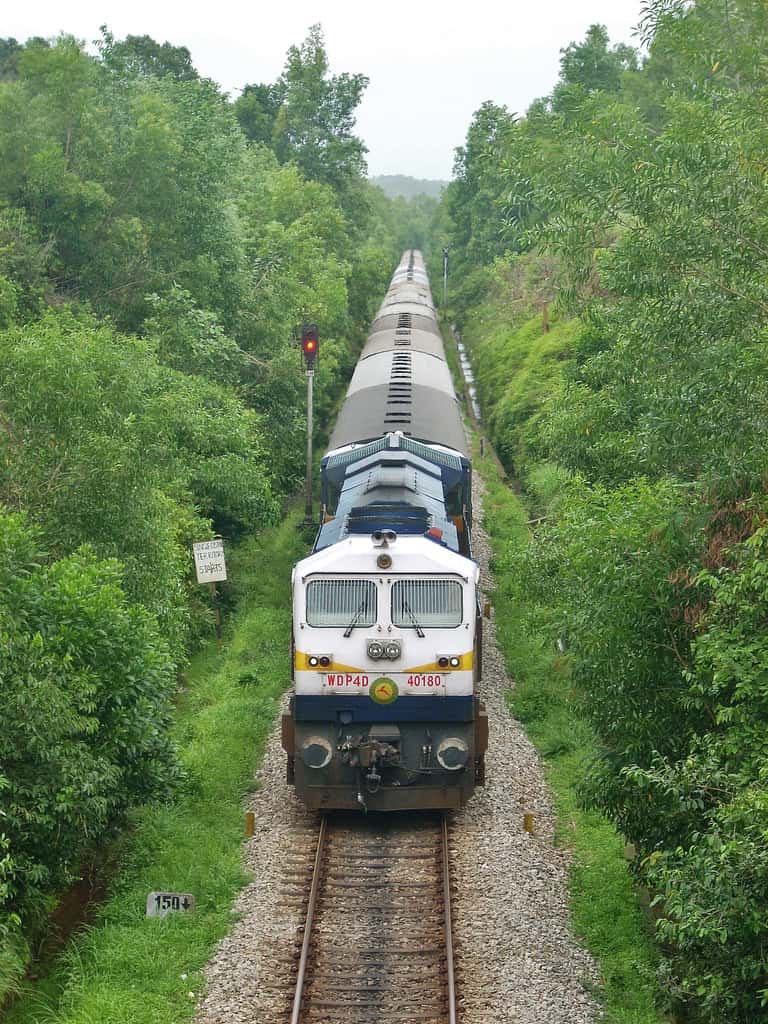
Though their design involves various things, what most attracts people is their colours. Many trains were adorned with various caricatures and posters, but what I saw every time was their colours spinning between blue, red, and green. So, let’s find out why they’re only painted in these specific colours and what they mean:
1. Blue coaches
I have seen so many coaches that are painted in various shades of blue as they are found in large numbers. They are also called Integral Coach Factory coaches, and this factory is located in Tamil Nadu. It means that the birthplace of these coaches is Tamil Nadu.
Trains with blue coaches travel at speeds ranging from 70 to 140 km/h. In mail express or superfast trains, these coaches are utilized. Because these dumpsters are hefty, their maintenance expenses are significant. Every 18 months, these coaches must be overhauled.
ADVERTISEMENT
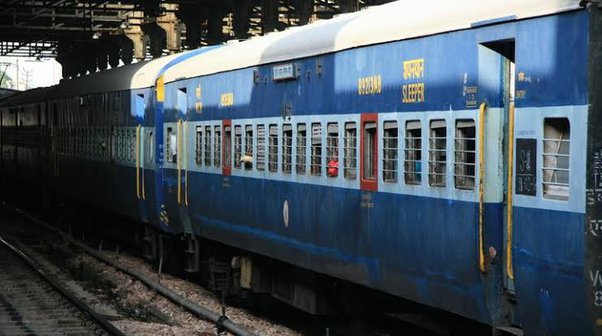
2. Red coaches
The number of red-coloured coaches in India has risen dramatically in recent years. They are also known as LHB or Link Hofmann Busch. They are made in the Kapurthala district of Punjab. These coaches are made of stainless steel, and that’s why they are light in weight.
With disc brakes, these coaches may reach a top speed of 200 km/h. It also has a lower maintenance cost. In the event of an accident, these coaches do not stack on top of each other because they have a centre buffer cooling system.
They are mainly used in superfast trains such as the Rajdhani and Shatabdi in order to allow them to run faster than usual.
Recommended read: Interesting Meaning Of White, Yellow, Red, Green Stripes On Train Coaches
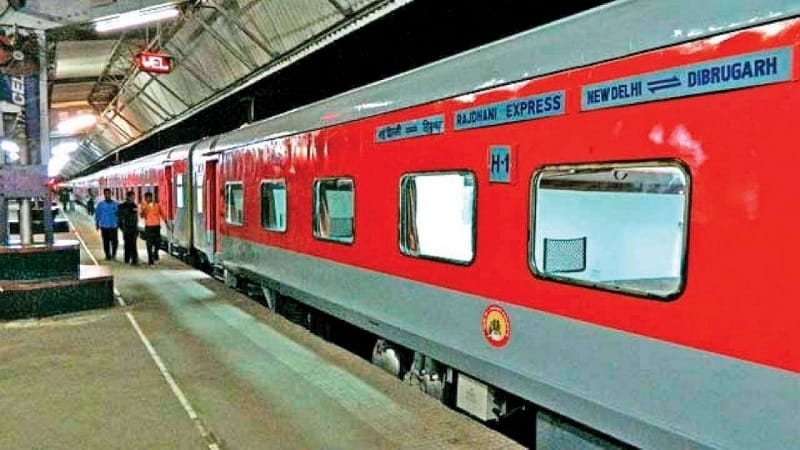
3. Green coaches
The green coaches are used in Garib Rath. On the metre gauge railway, there are also a few brown coaches. On narrow-gauge trains, on the other hand, light-coloured carriages are used. In India, almost all narrow-gauge trains have been retired.
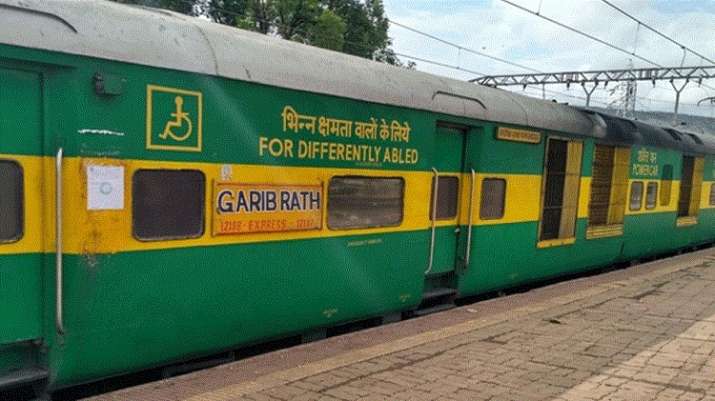
Aside from the colour, the coaches have distinct coloured stripes painted on them
These stripes serve an important purpose. To distinguish themselves from the rest, some coaches have different colours painted above the last window. Unreserved second-class railcars of a given train, for example, are designated by white stripes on blue railway coaches.
ADVERTISEMENT
Grey buses with green stripes, on the other hand, denote that they are strictly for women, while red stripes on grey coaches indicate first-class cabins in EMU/MEMU trains. Western Railways uses both of these tactics for Mumbai local trains. The Indian Railways uses a variety of symbols to help passengers understand train-related information.
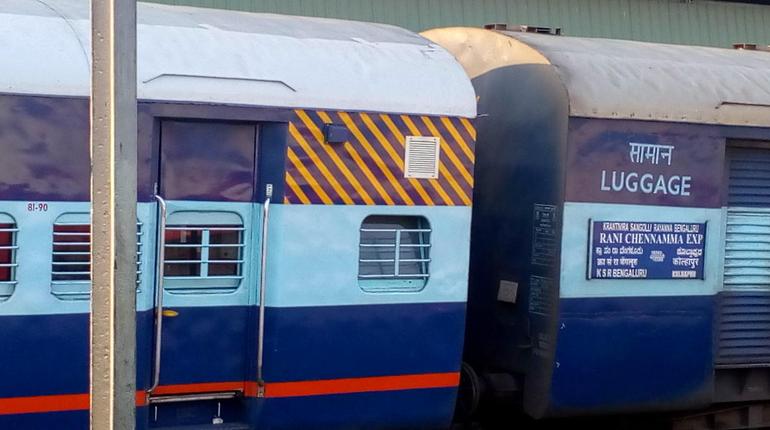
Also read: Ever Wondered Why Railway Station Board Has “Mean Sea Level” Mentioned On Them
ADVERTISEMENT








